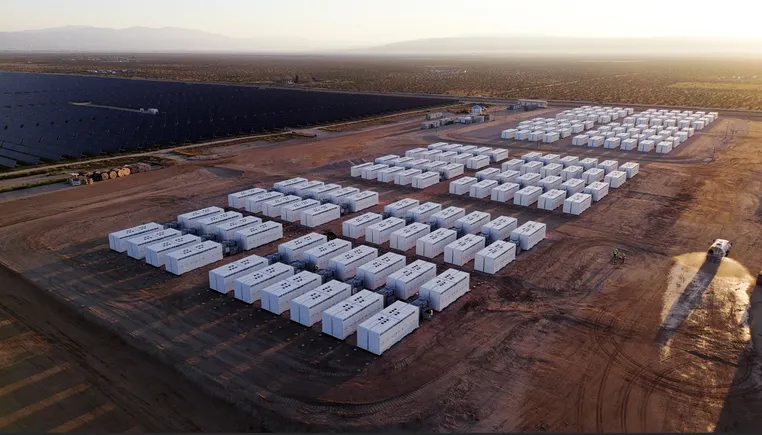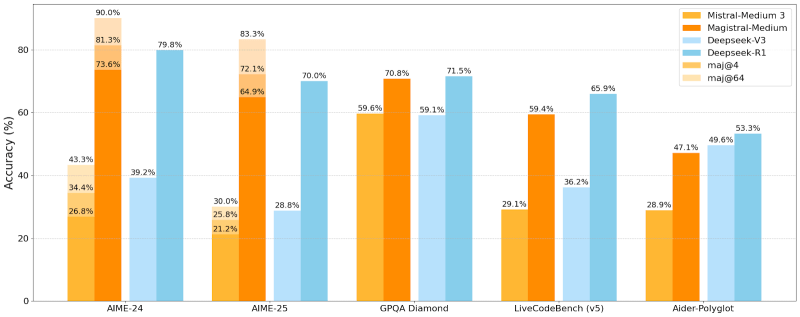
The Defense Science and Technology Laboratory (Dstl) has trialed an underwater robot which can prevent adversaries from sabotaging undersea cables and pipelines by disarming or removing threats, a statement posted on the UK government website on Monday said.
A commercially available remotely operated vehicle (ROV) has been adapted by the Dstl and industry partners to deal with sabotage threats and clear legacy unexploded ordnance, the statement noted, adding that these present hazards to both vessels and divers deployed to deal with them.
“Dstl has incorporated or developed a number of systems to enable the ROV to detect unexploded ordnance and remotely place explosive charges to enable safe neutralization,” the statement said.
“The new technology and systems developed will work in partnership with other robots to scan the seabed for hazards and will be able to deal with them once one is spotted,” it added.
The robot can be launched from a ship or a shoreline and is operated remotely, the statement highlighted, pointing out that it feeds video and sonar images back to the operators.
“The robot is not normally destroyed, which means it can be used multiple times giving the public better value for money in addition to the economic benefits of partnering with industry,” the statement said, adding that this project “supports numerous specialist jobs in industry”.
The statement also noted that the robot can operate at depths greater than divers can reach and pointed out that it can “work there safely for much longer”.
According to the statement, trials have taken place at; Horsea Island in Portsmouth, Portland Harbour, South Wales, and Norway. Alford Technologies, Atlantas Marine, Sonardyne and ECS Special Projects are among the industry partners involved, the statement said.
“This technology would be a valuable toolset for keeping our Armed Forces safe whilst providing the public with value for money,” Dstl explosives engineer ‘John’ said in the statement.
“This unique capability with its sensors, tools, and cameras will give operators a real time ability to deal with these underwater hazards in a safe, effective, and efficient way,” he added.
Dstl is the Ministry of Defense’s (MOD) science and technology organization, providing unique expertise, crucial insights, and delivering battle-winning solutions for the benefit of the nation and allies, the UK government website states.
“Dstl is one of the principal government organizations dedicated to science and technology in the defense and security field,” the site adds.
“Dstl supplies specialist and sensitive services to MOD and wider government, working collaboratively with external partners in industry and academia and worldwide, providing expert research, specialist advice, and invaluable operational support,” it goes on to note.
A release posted on UK government website earlier this month announced that the UK will build up to 12 attack submarines as part of the AUKUS program “in response to the rapidly increasing threats”.
“With new state of the art submarines patrolling international waters and our own nuclear warhead program on British shores, we are making Britain secure at home and strong abroad, while delivering on our Plan for Change with 30,000 highly skilled jobs across the country,” UK Defense Secretary John Healey MP said in that release.
Currently the UK is set to operate seven Astute Class attack submarines, which will be replaced with an increased fleet of up to 12 SSN-AUKUS submarines from the late 2030s, the release stated.
“The boost to the SSN-AUKUS program will see a major expansion of industrial capability at Barrow and Raynesway, Derby, with the build of a new submarine every 18 months in the future,” the release added.
To contact the author, email [email protected]





















